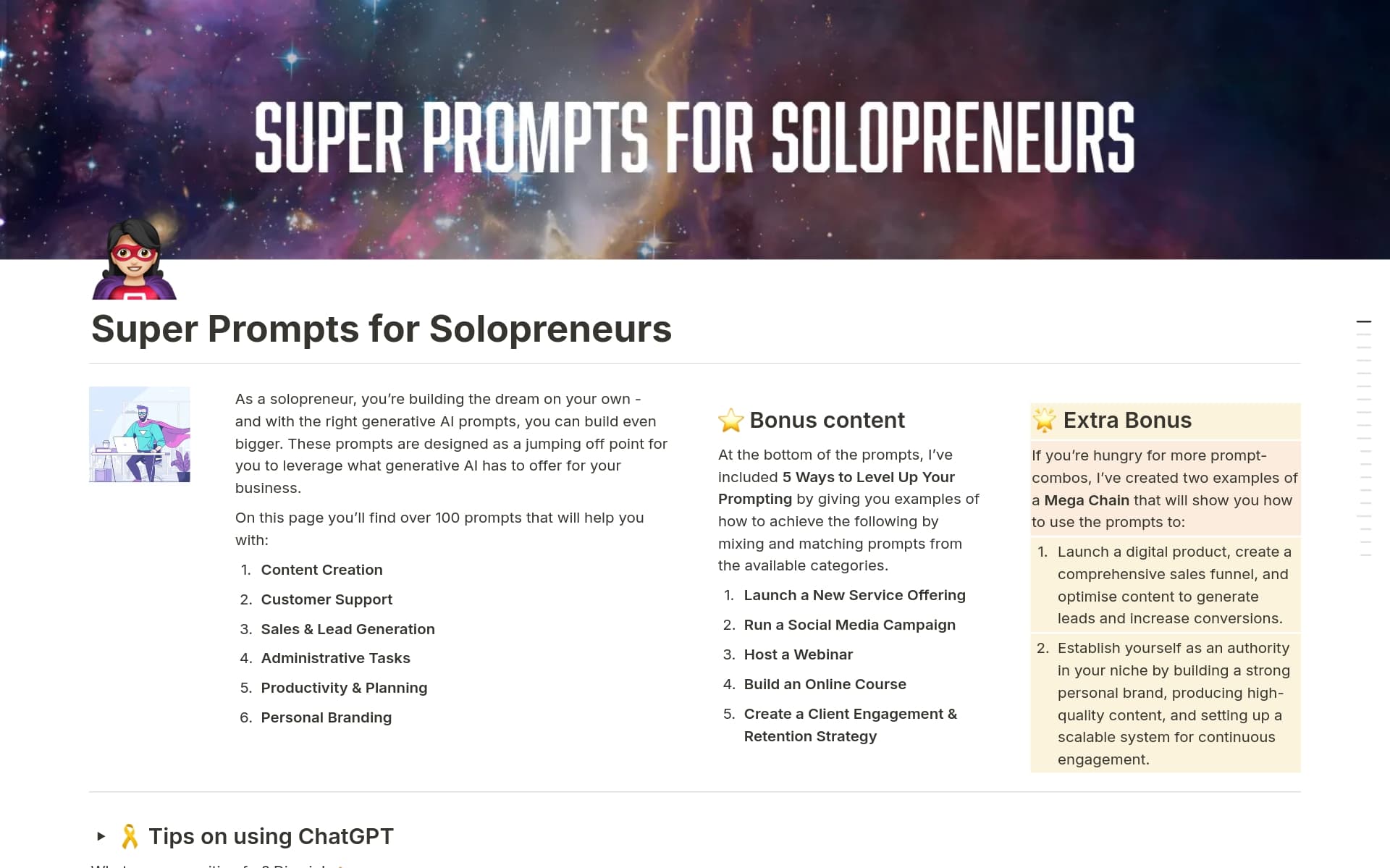Understanding the competitive landscape is a fundamental aspect of steering a business towards success. It informs you of where your product or service stands in comparison to others in the market, highlighting areas for improvement and opportunities for growth. A Competitive Analysis template can simplify this process by providing a framework to systematically evaluate your competitors and gather actionable insights.
Before you begin crafting your own Competitive Analysis document, consider reviewing these templates to streamline your efforts and enhance your strategic planning.
What Should Competitive Analysis Templates Include?
Choosing the right competitive analysis template can streamline your strategic planning and provide clear insights into your market. Here are key components to look for in an effective template:
Market Overview: This section should provide a comprehensive view of the industry, including market size, growth trends, and key players. It sets the stage for deeper analysis.
Competitor Benchmarking: Essential for comparing your business directly with competitors on various aspects such as pricing, product features, market share, and customer service.
SWOT Analysis: Strengths, weaknesses, opportunities, and threats should be clearly outlined to help identify strategic positions and potential areas of improvement.
Customer Segmentation: Understanding who the competitors are targeting and how they position themselves can help tailor your strategies to better meet customer needs.
Selecting a template that effectively organizes and presents this information will empower your business with the tools to make informed decisions and stay ahead in the competitive landscape.
What Should Competitive Analysis Templates Avoid?
Choosing the right competitive analysis template is crucial for effective business strategy development. However, certain elements can detract from the template's utility and should be avoided:
Overly Complex Metrics: Templates that include too many intricate metrics can be confusing and may detract from key insights. Simplicity often leads to better clarity and usability.
Irrelevant Competitor Information: Ensure the template does not focus on irrelevant data about competitors. Concentrate on information that directly impacts your strategic decisions.
Static Content: Avoid templates that do not allow for easy updates and scalability. Competitive landscapes change rapidly, and your template should be able to adapt.
Ultimately, the best template is one that is clear, relevant, and adaptable, helping you to focus on strategic insights that drive actionable business decisions.



